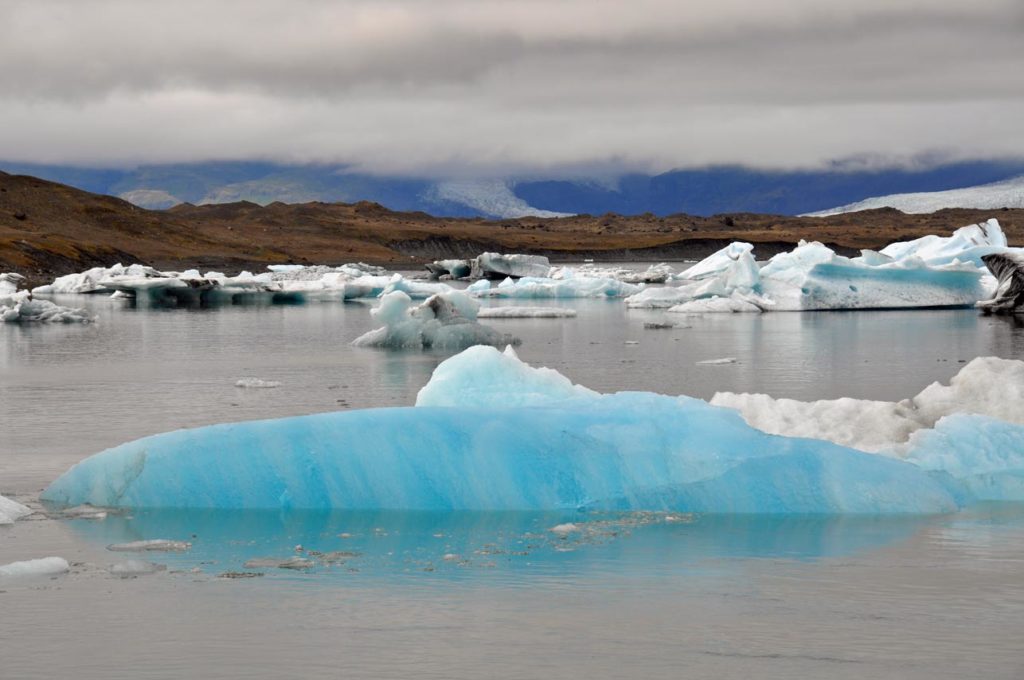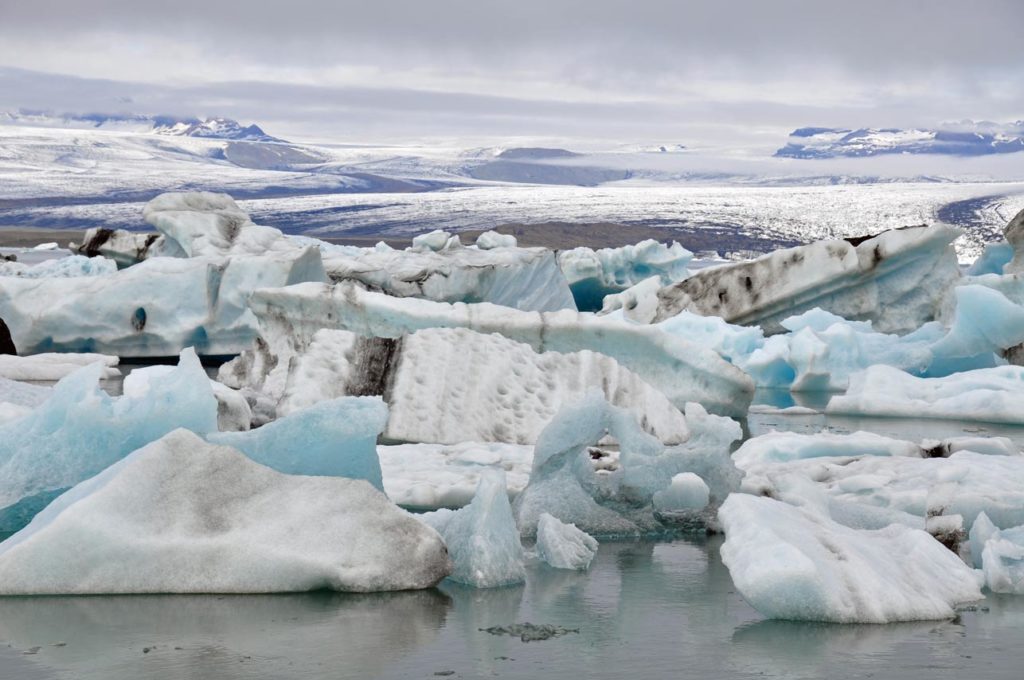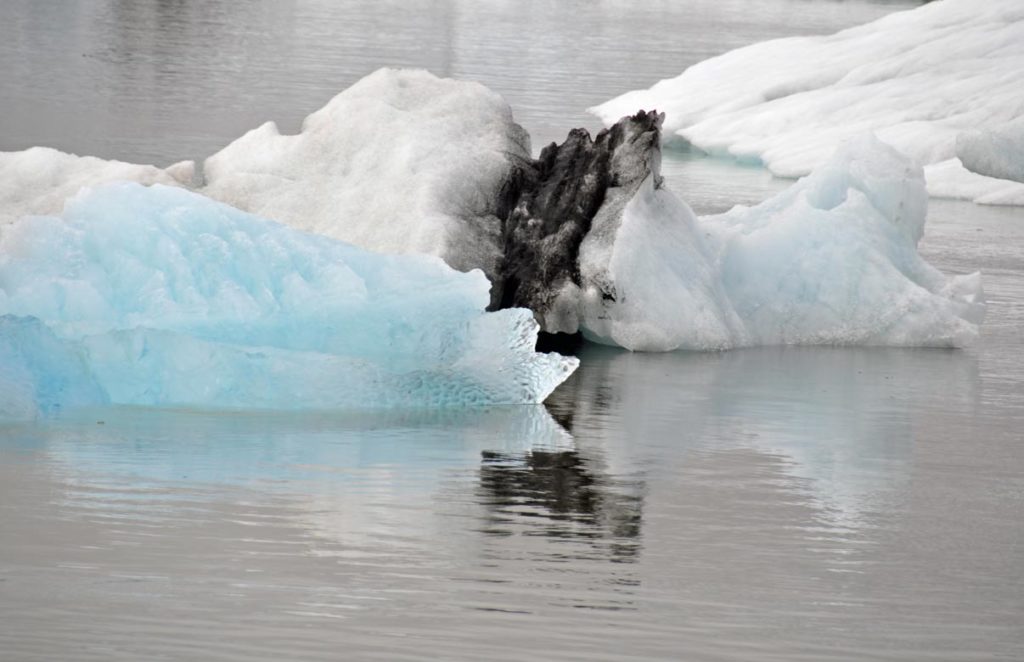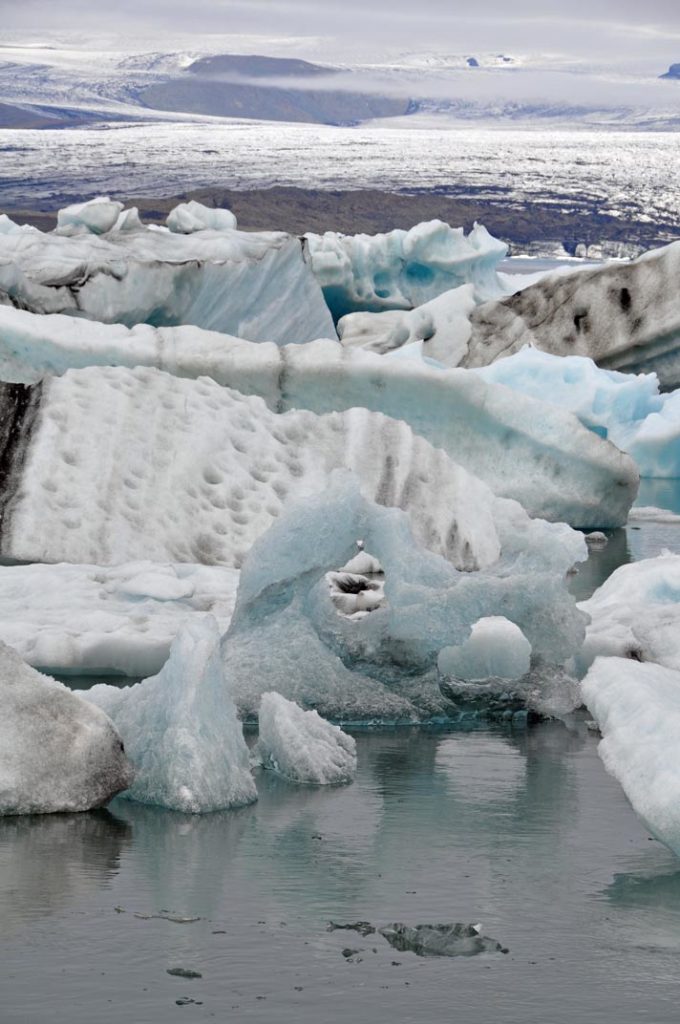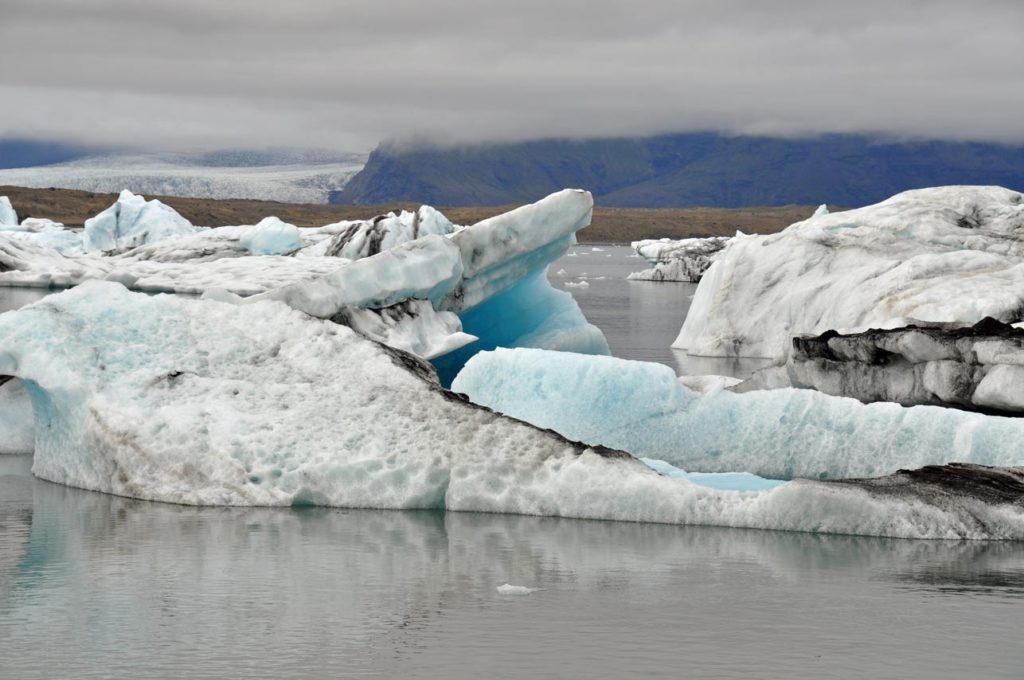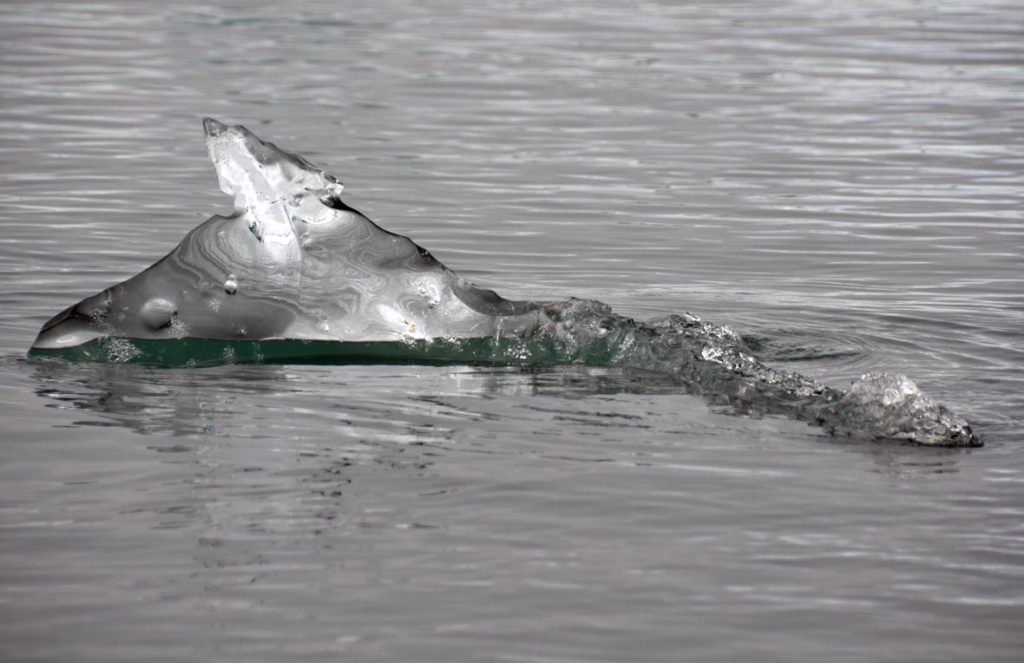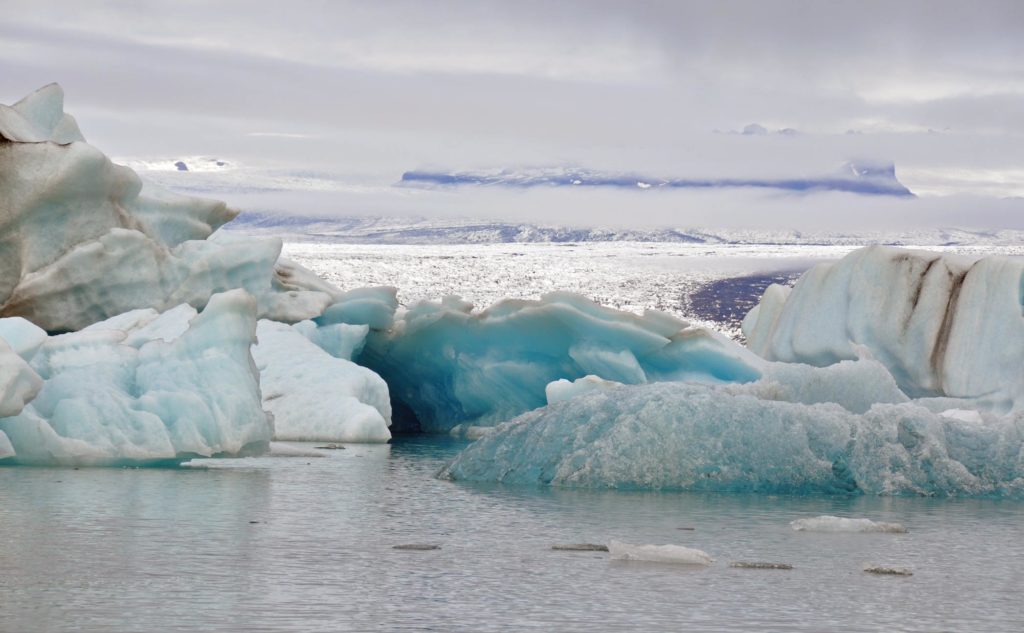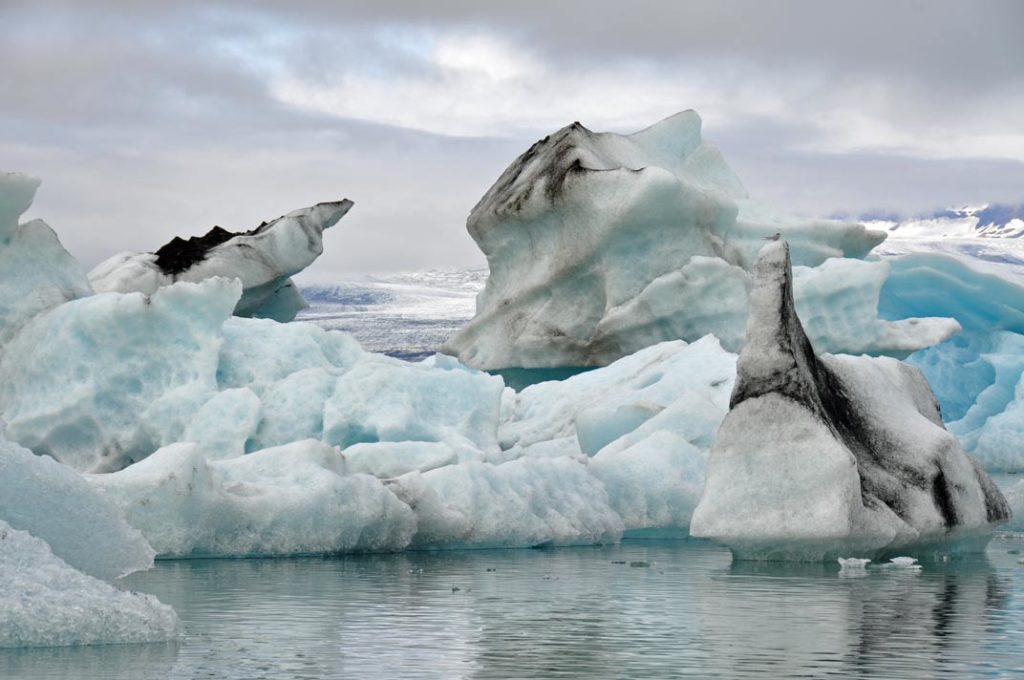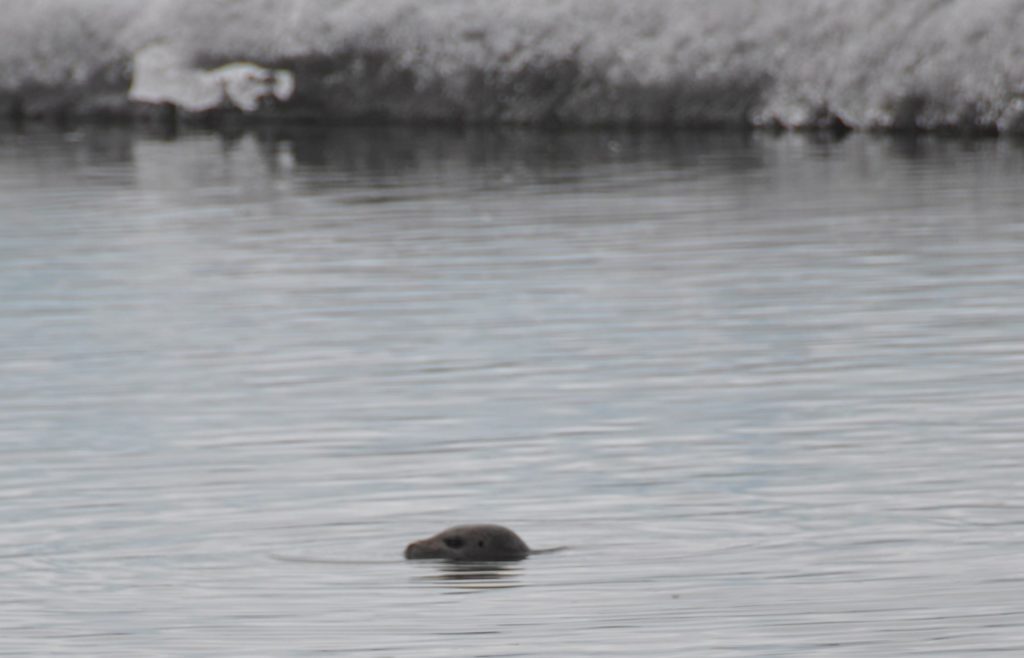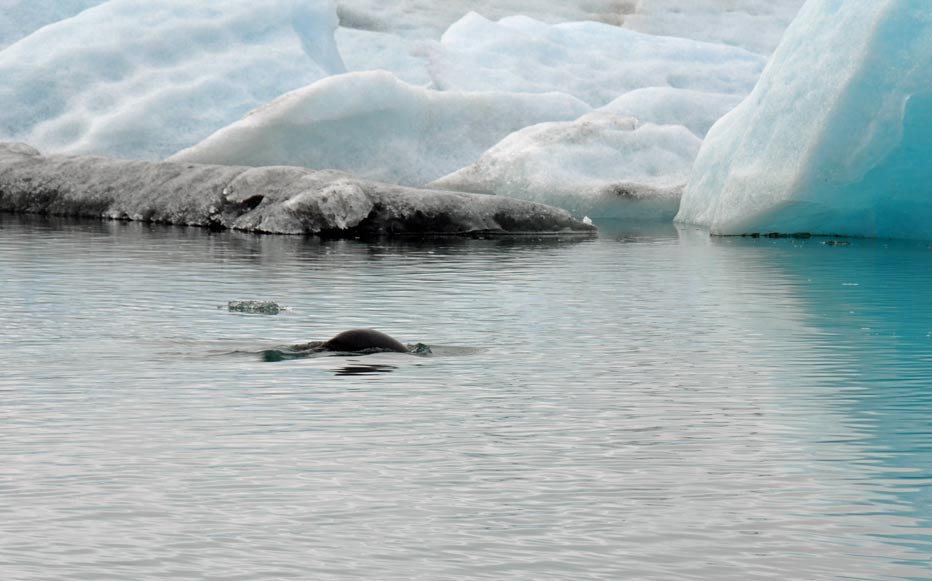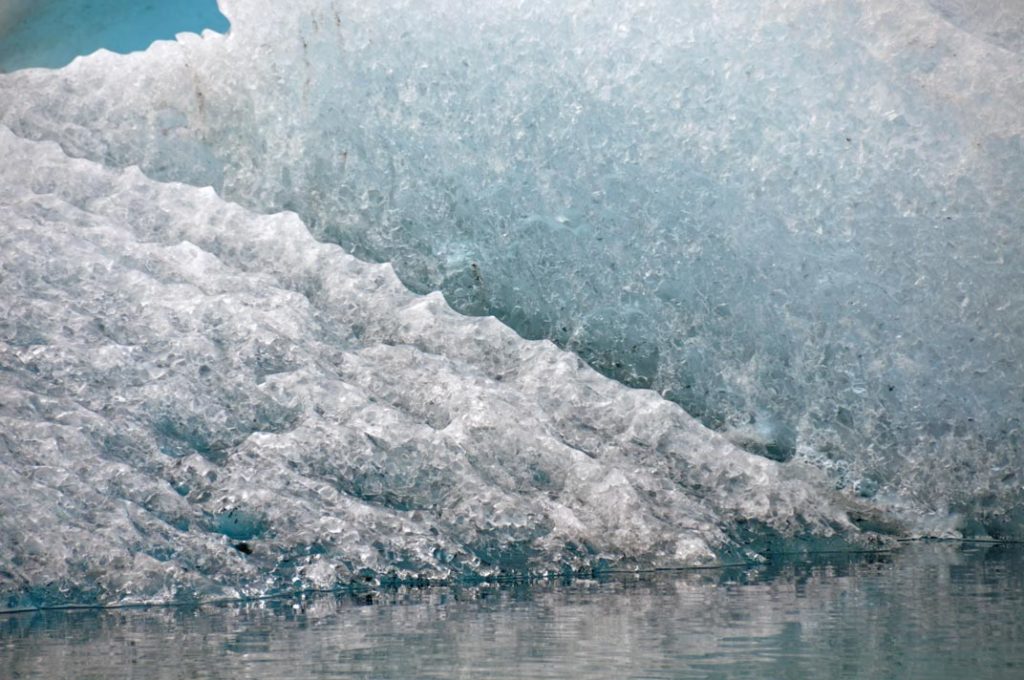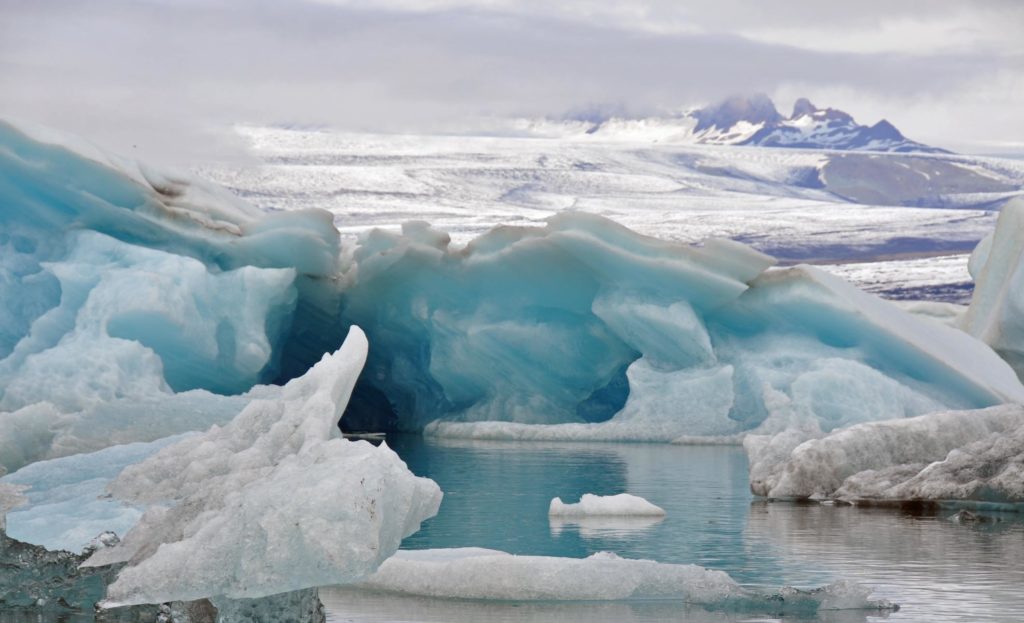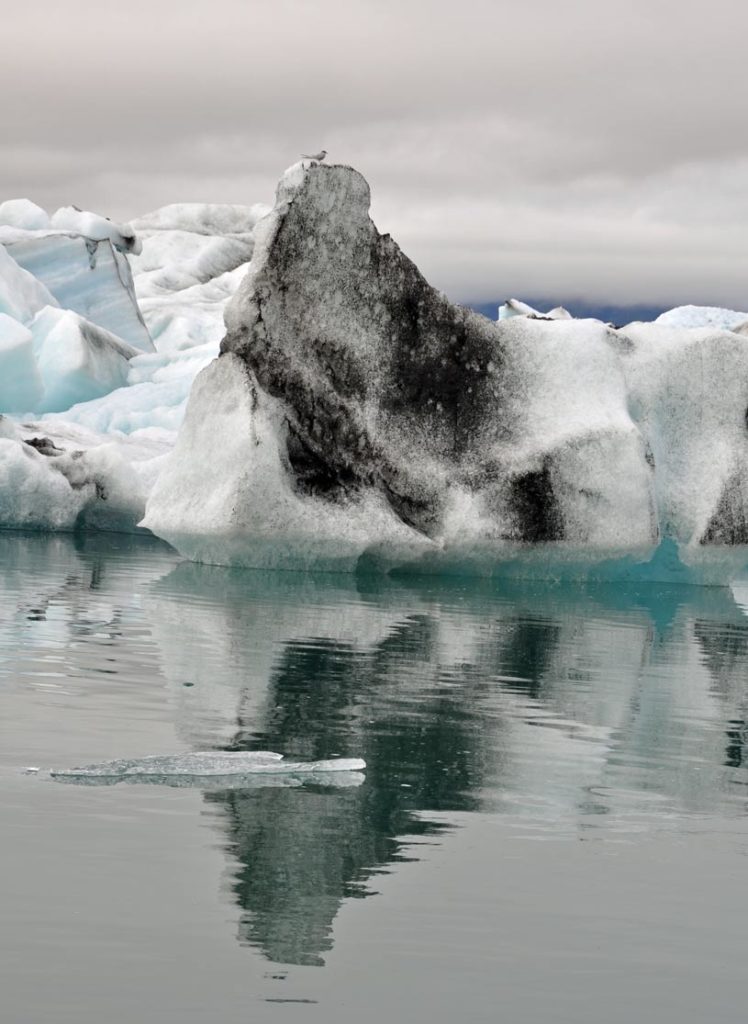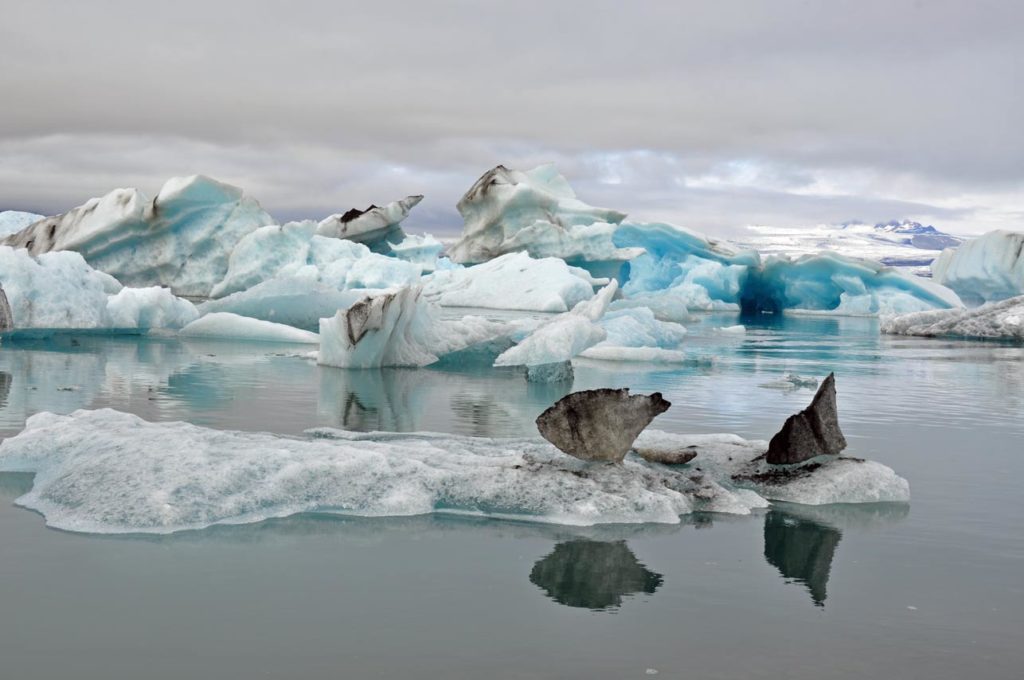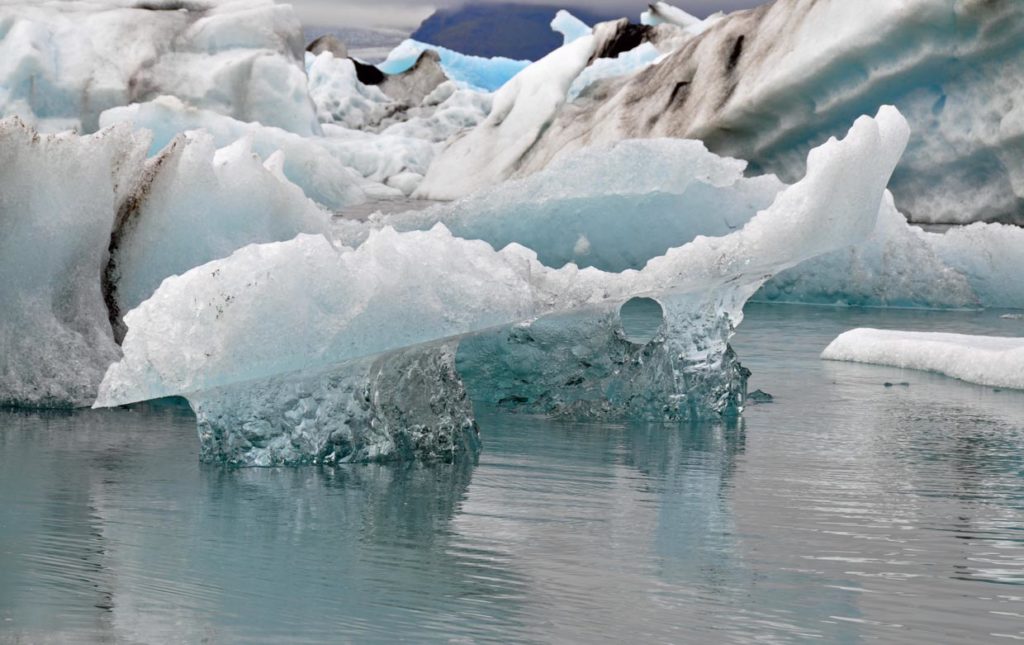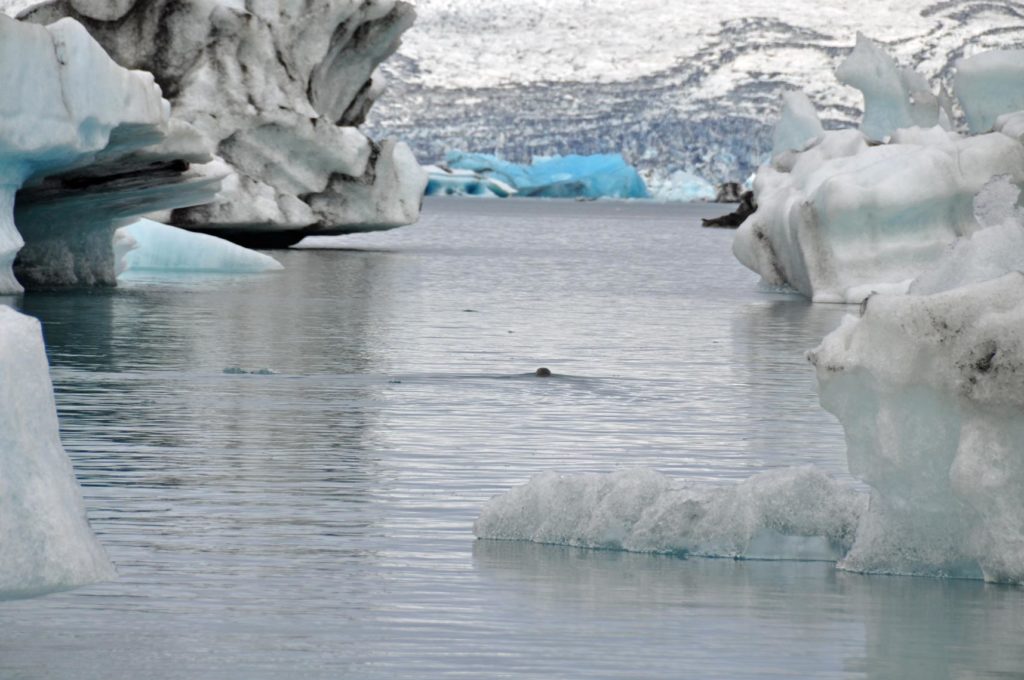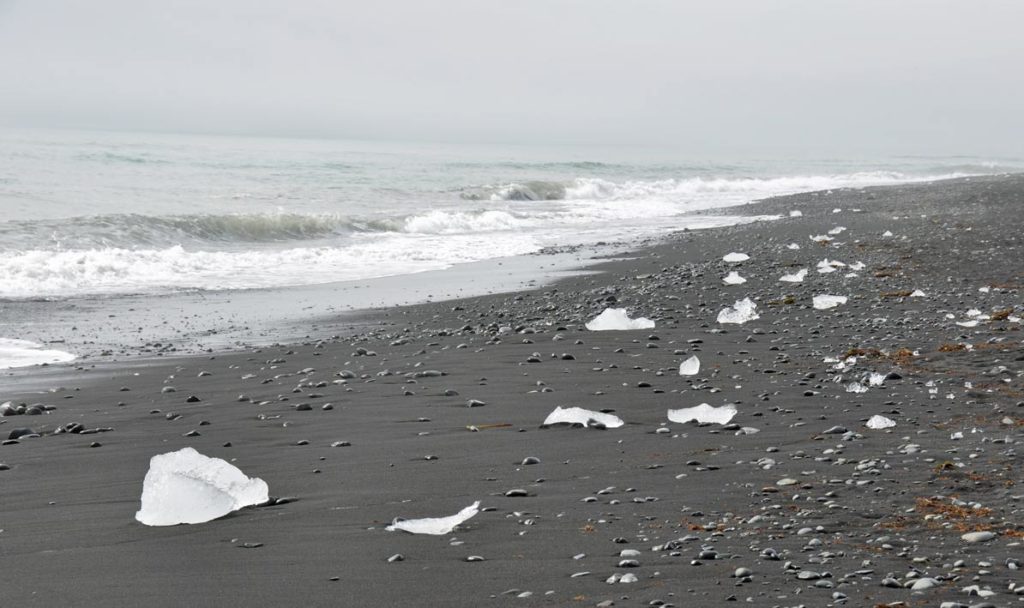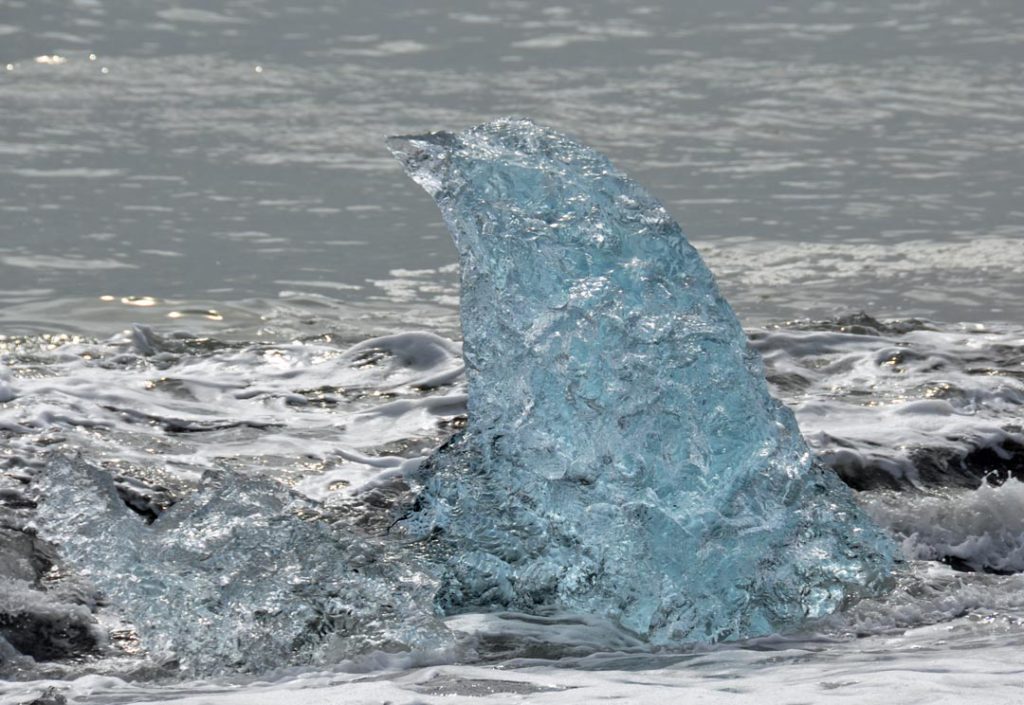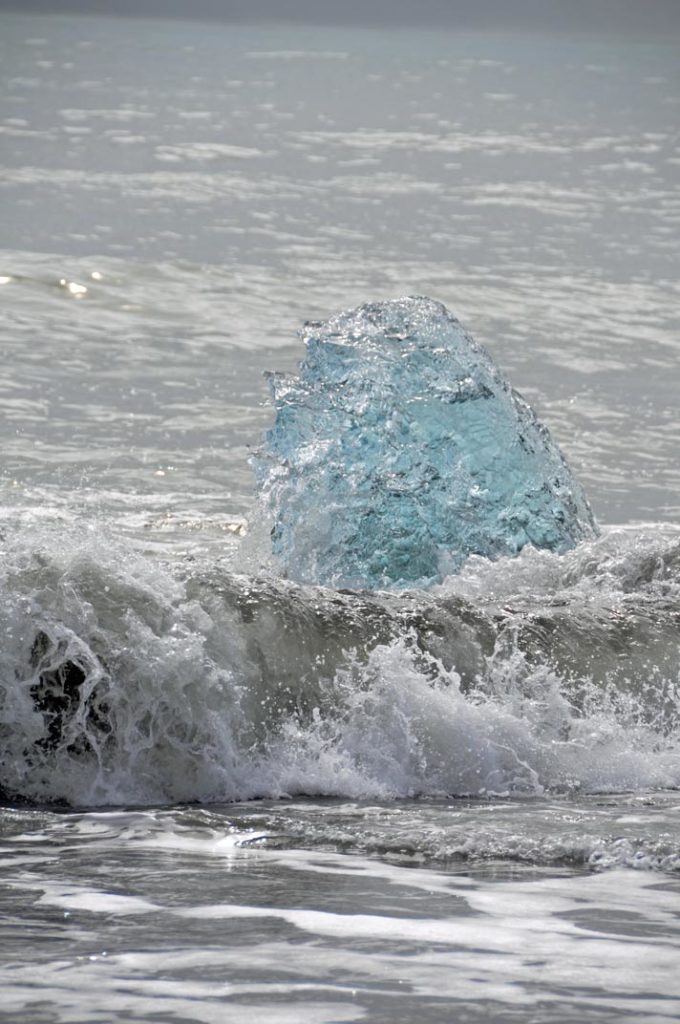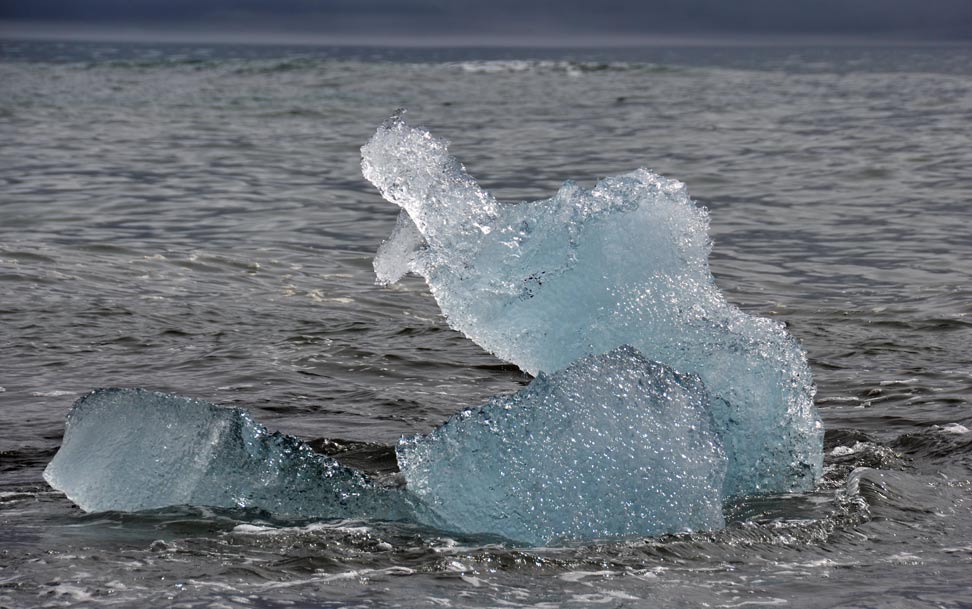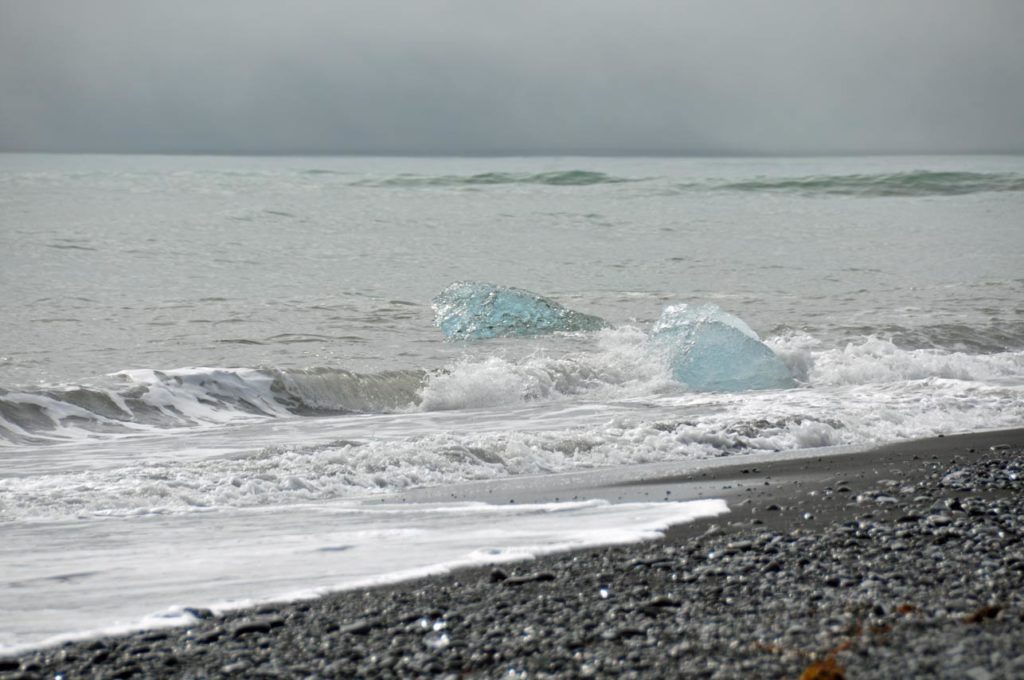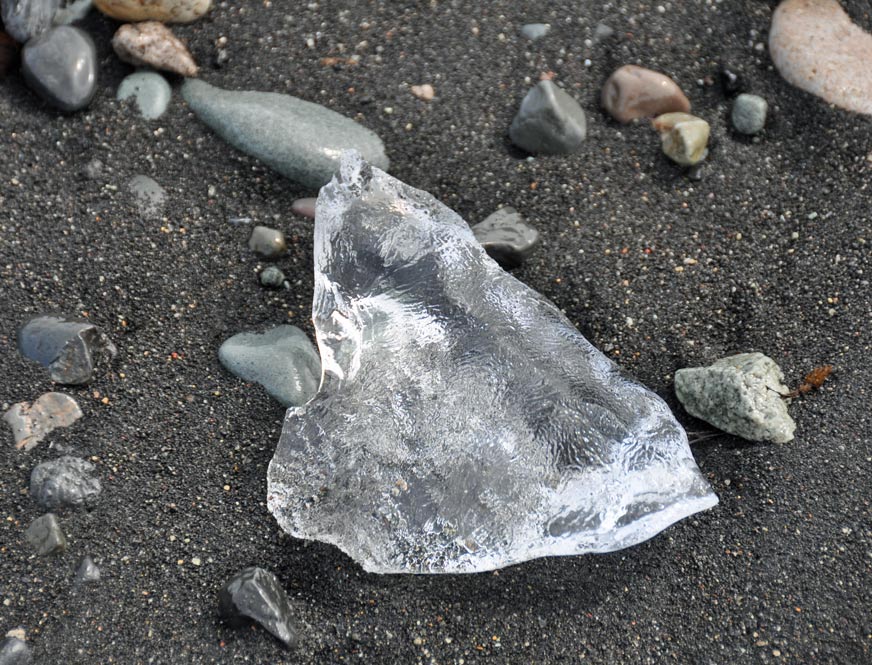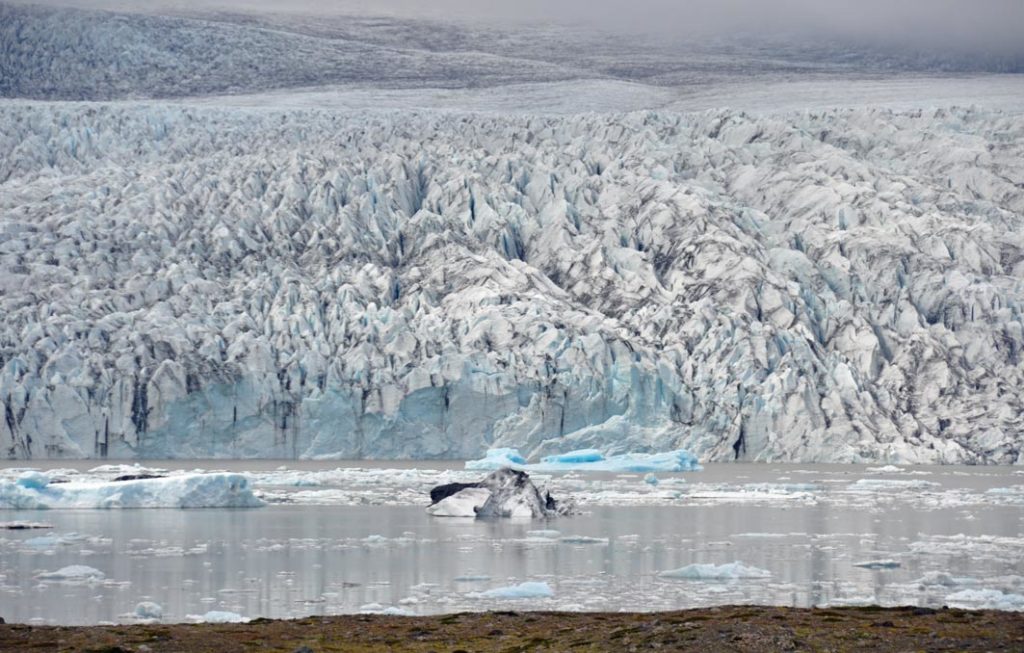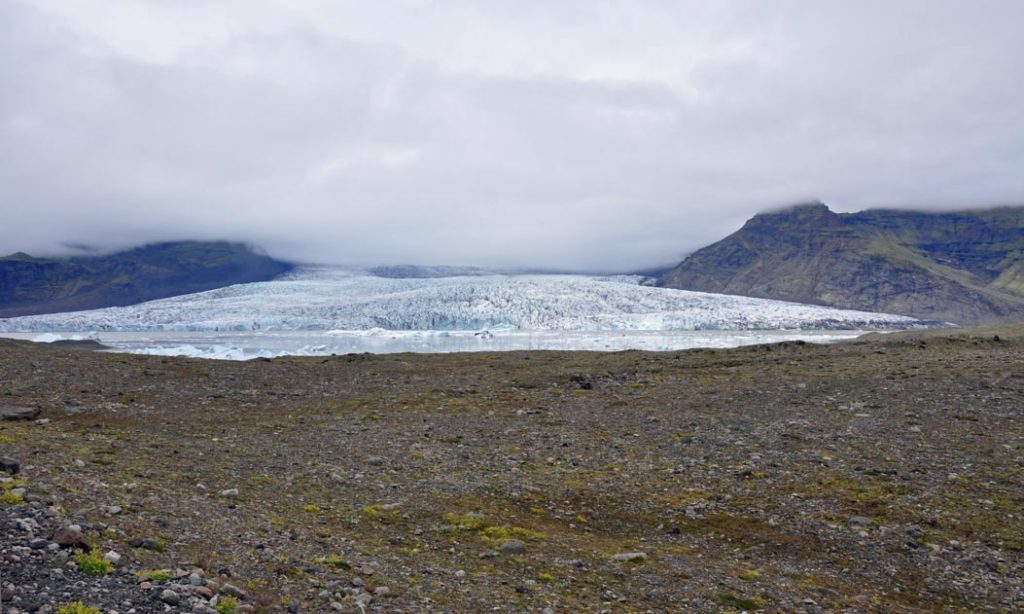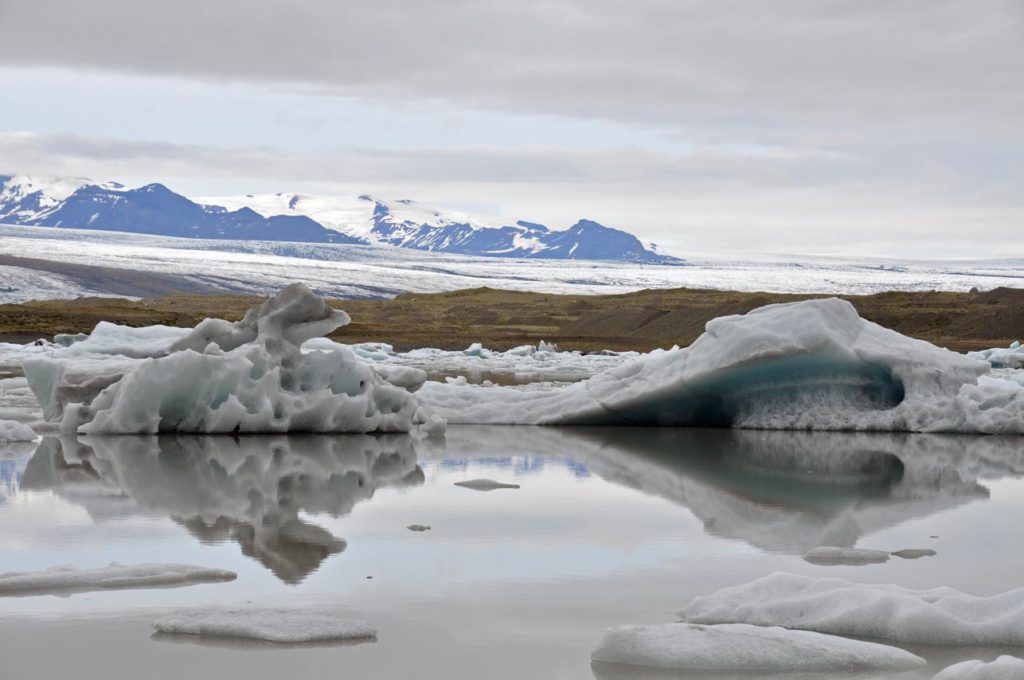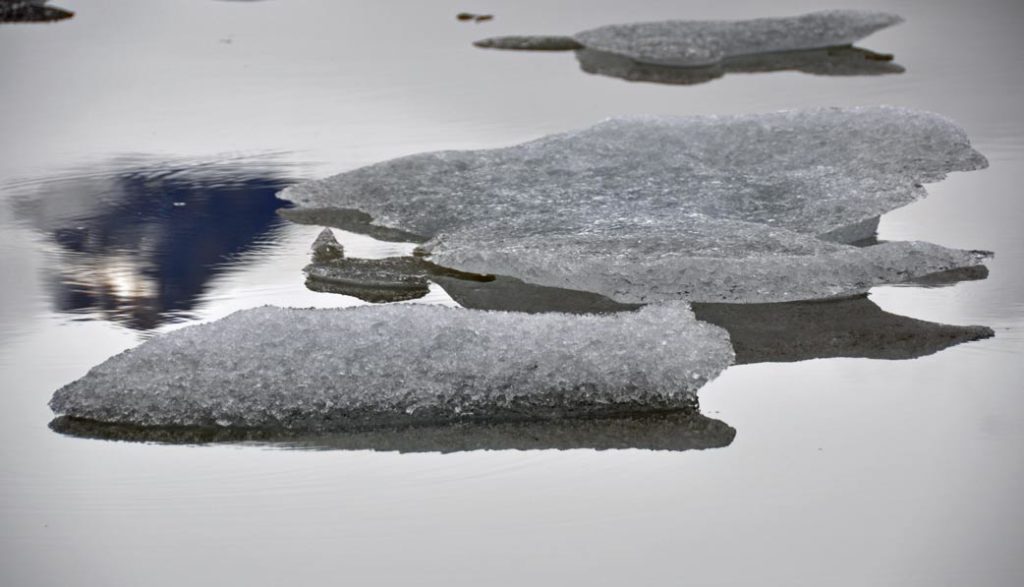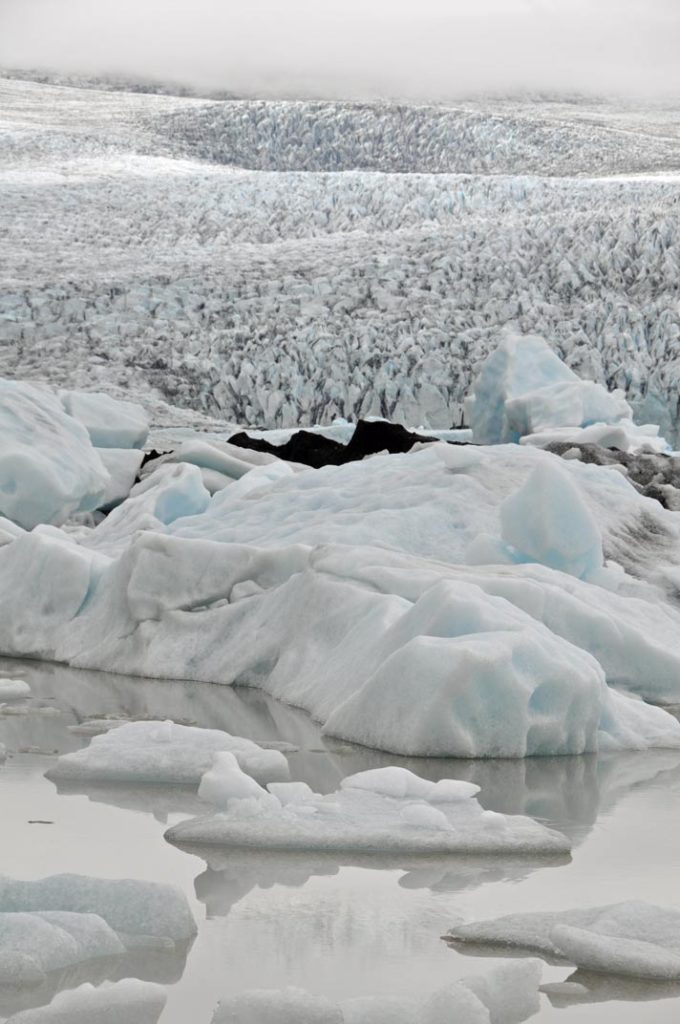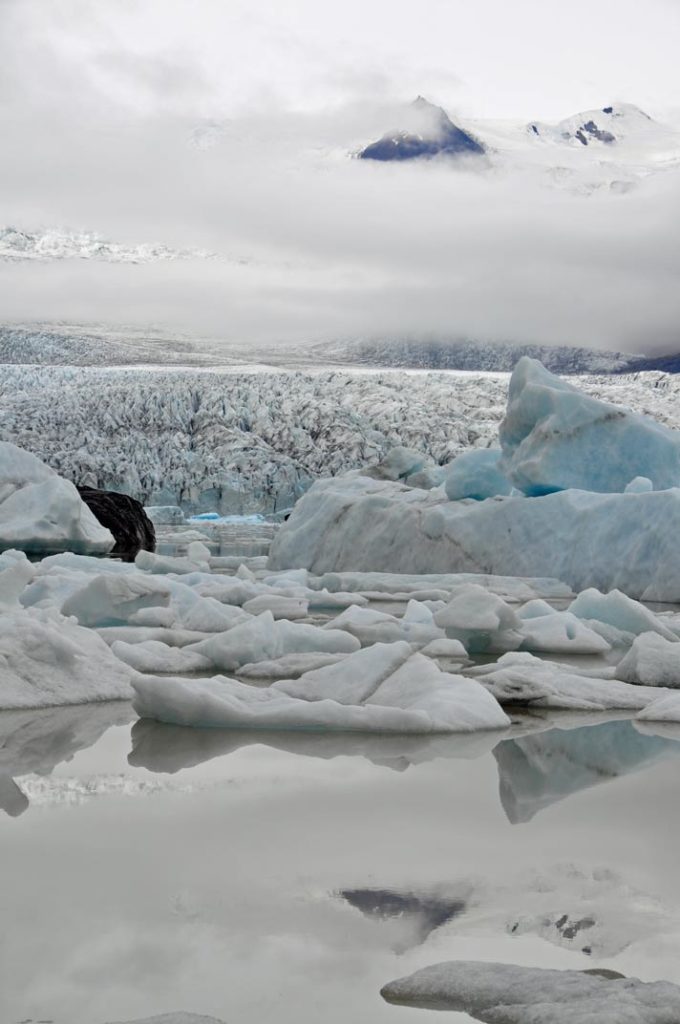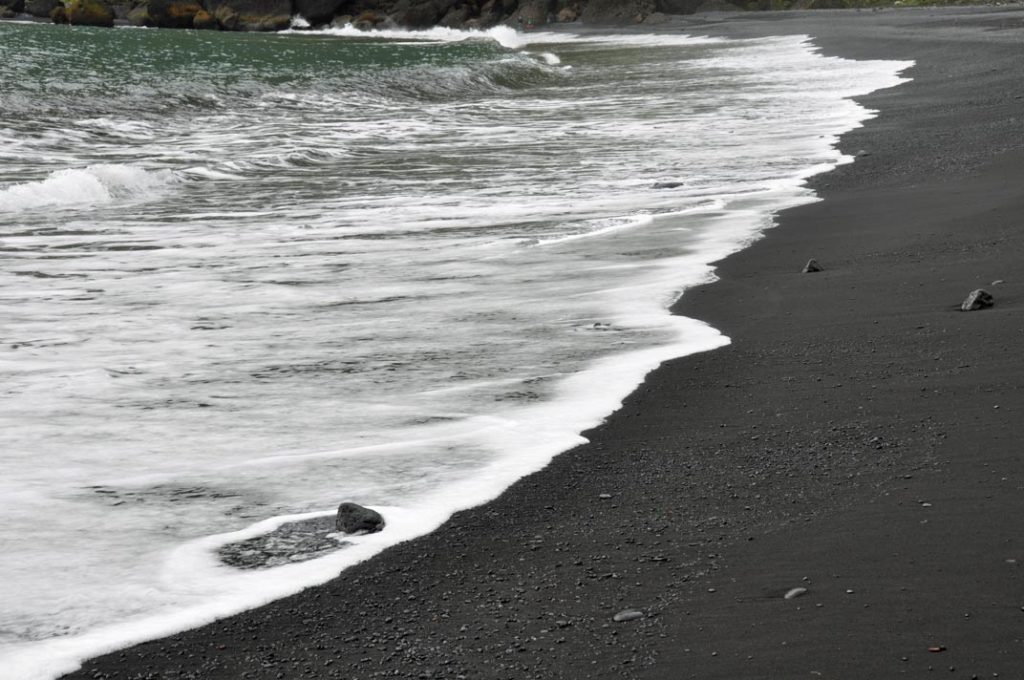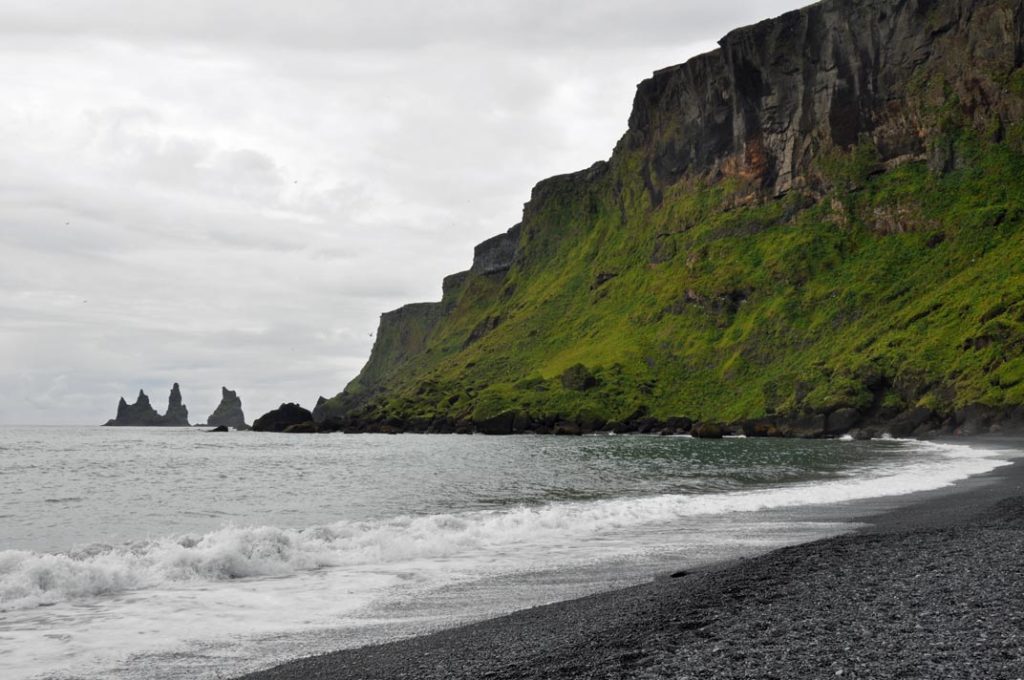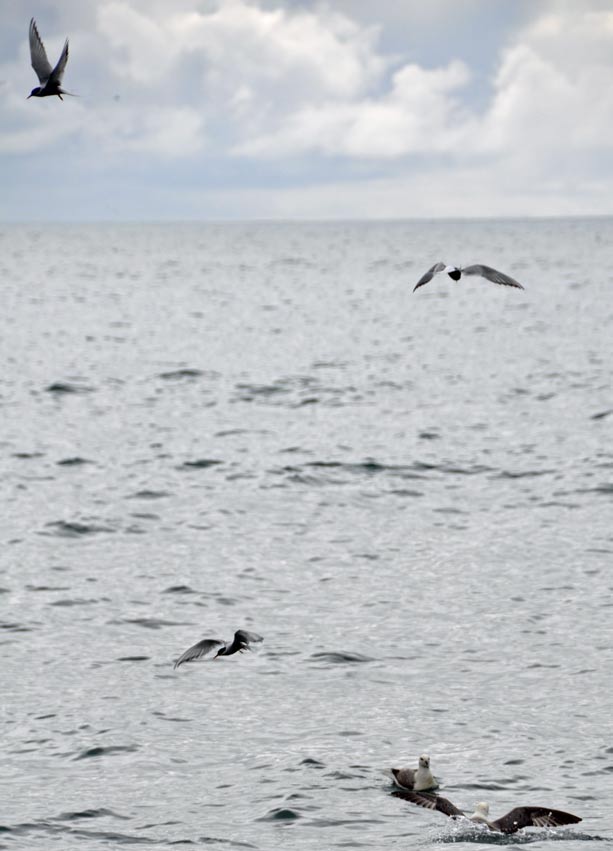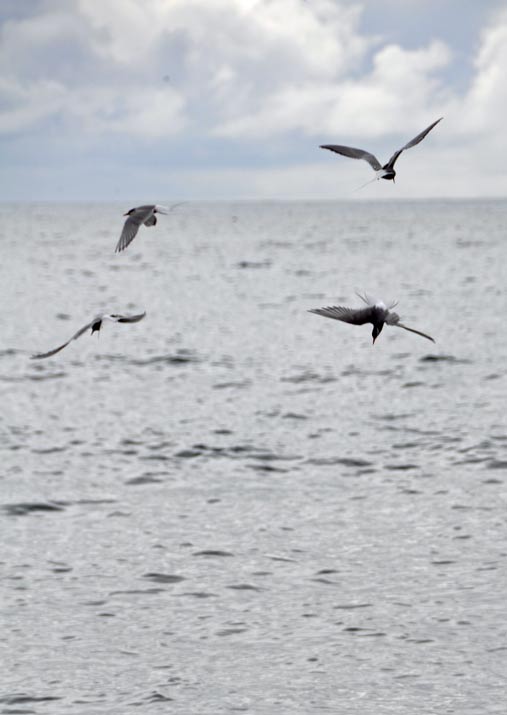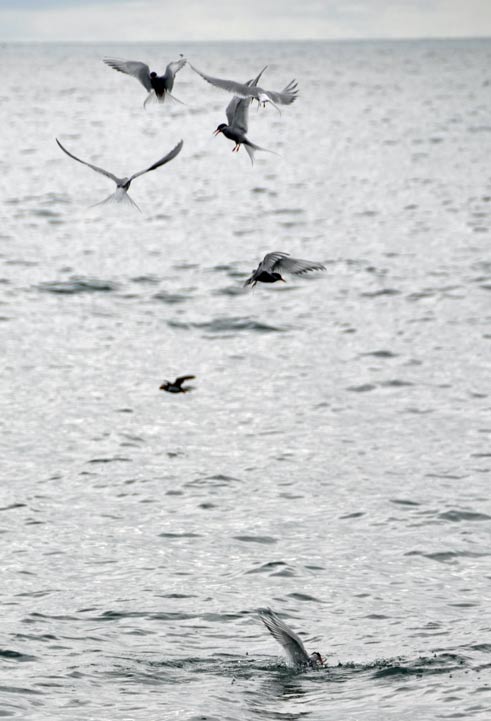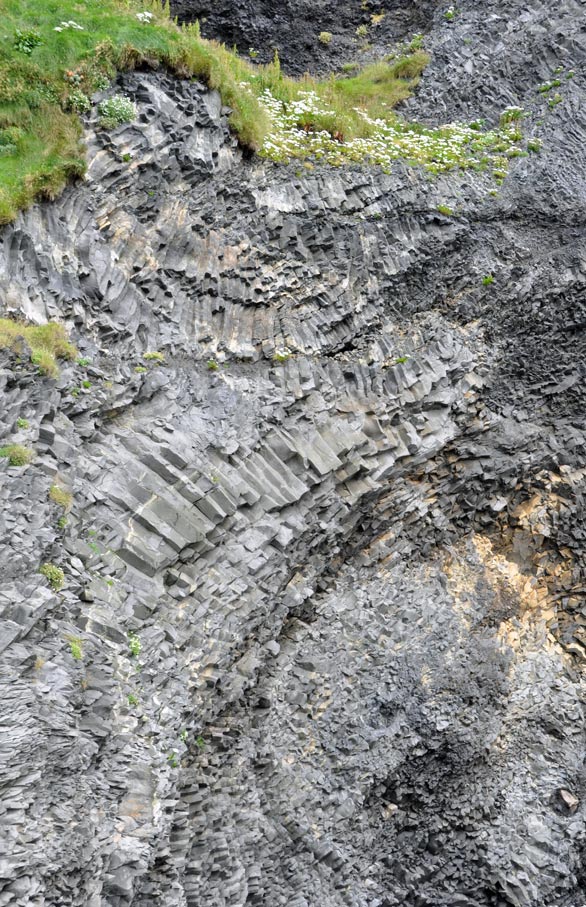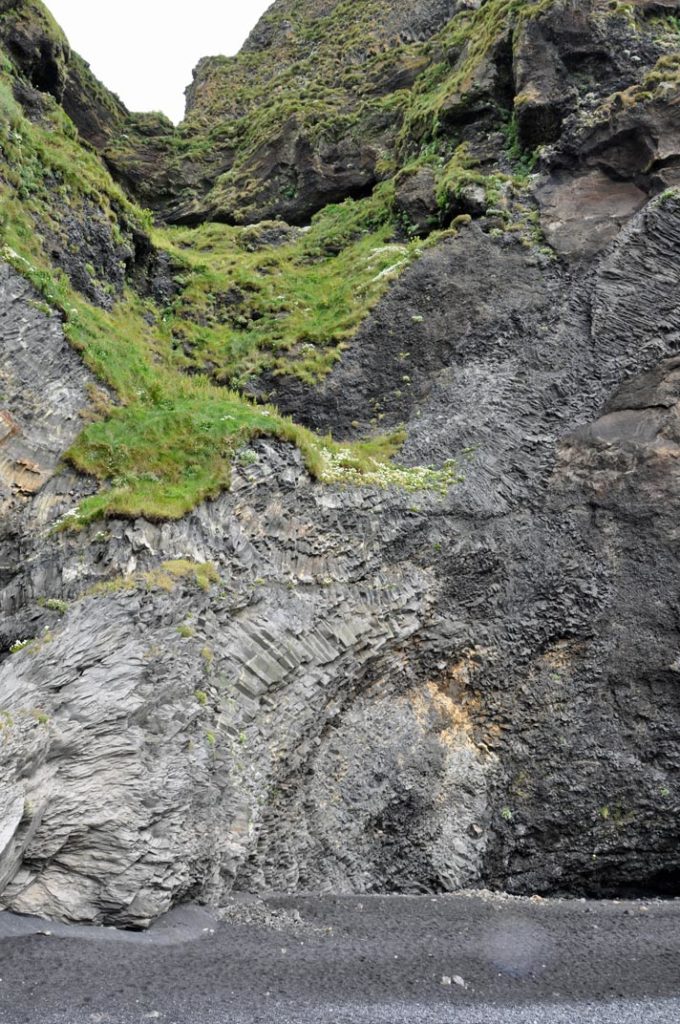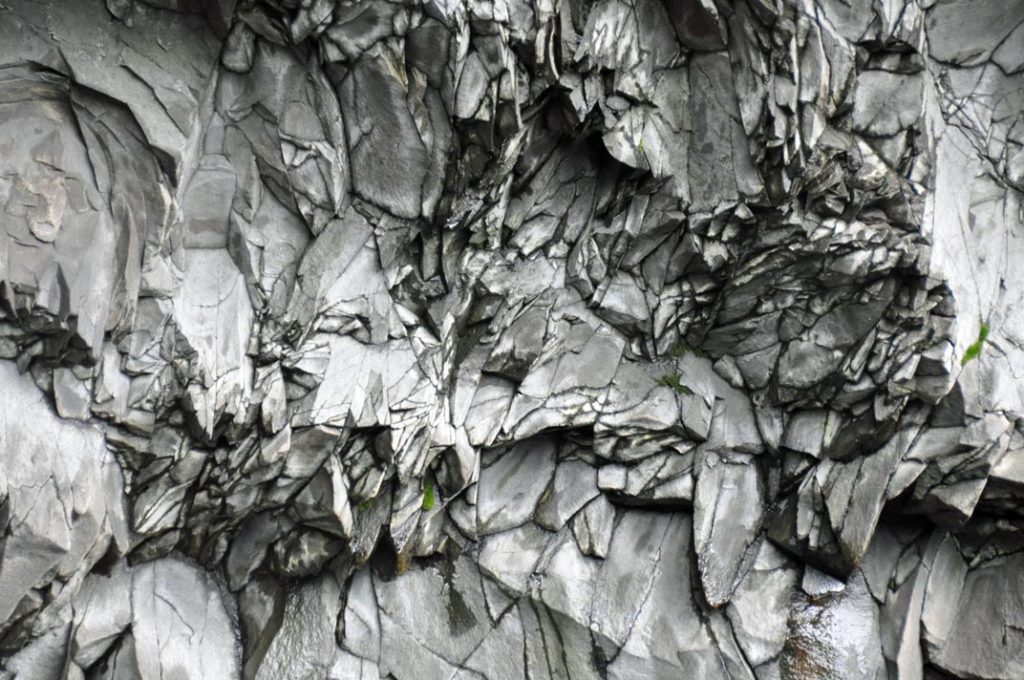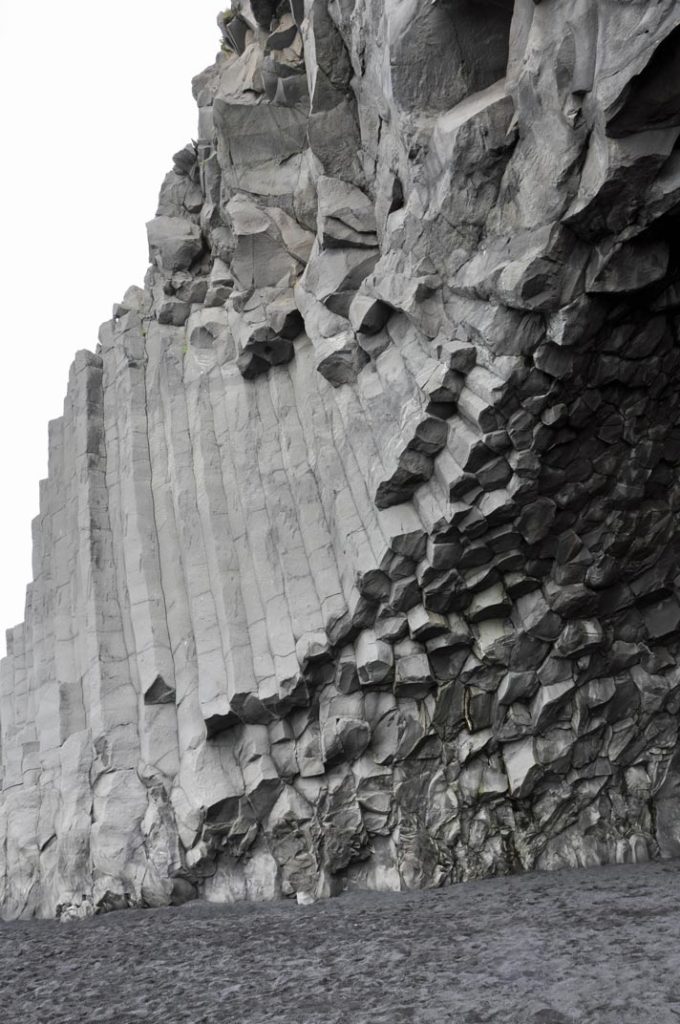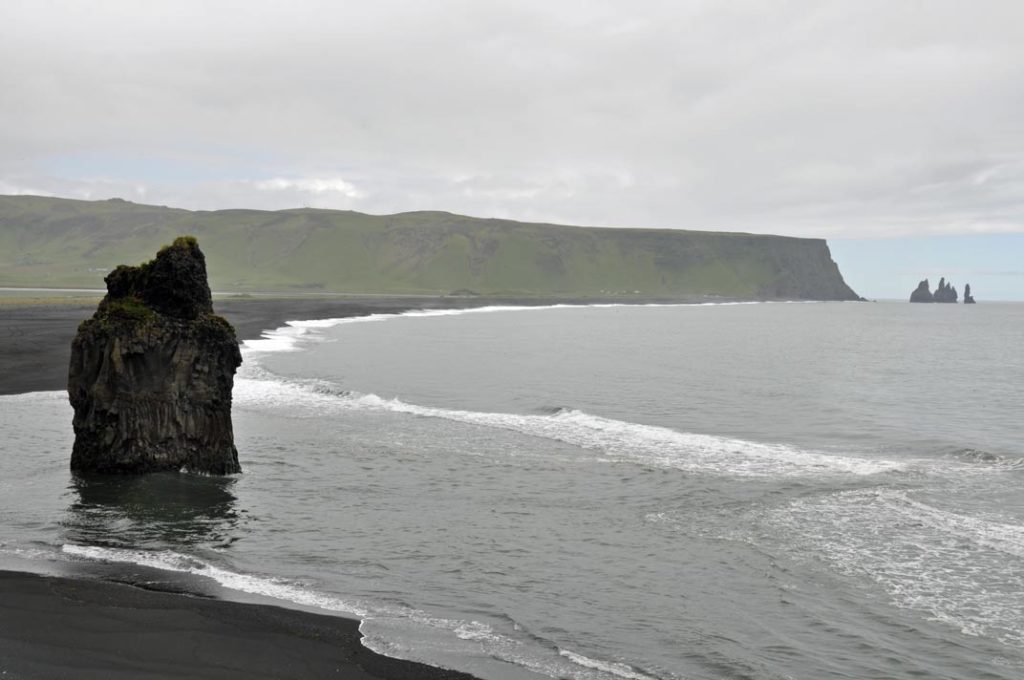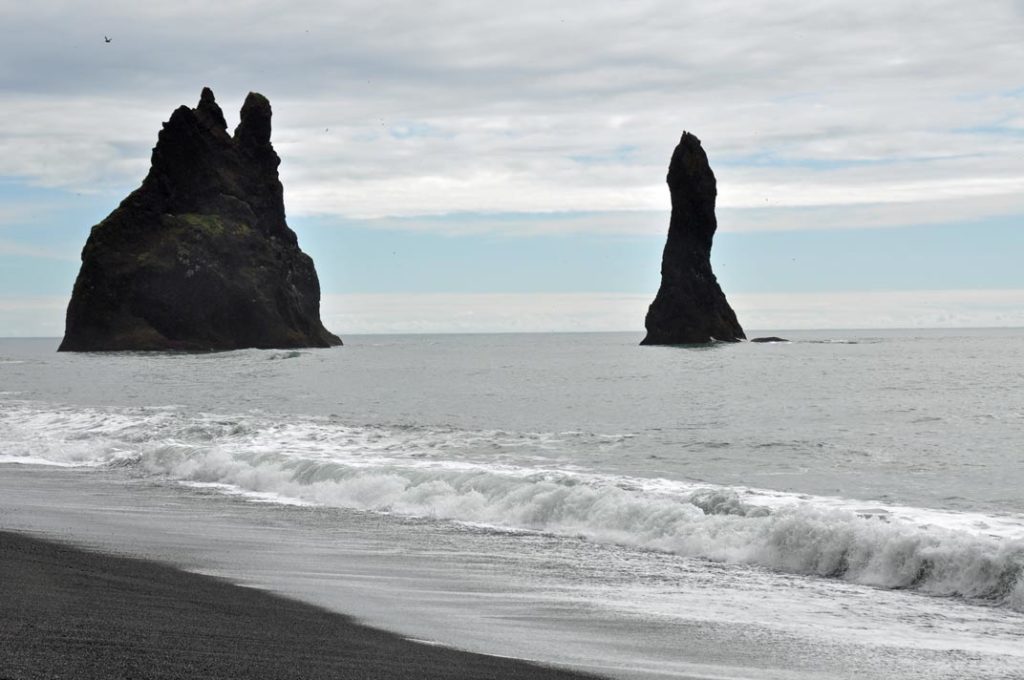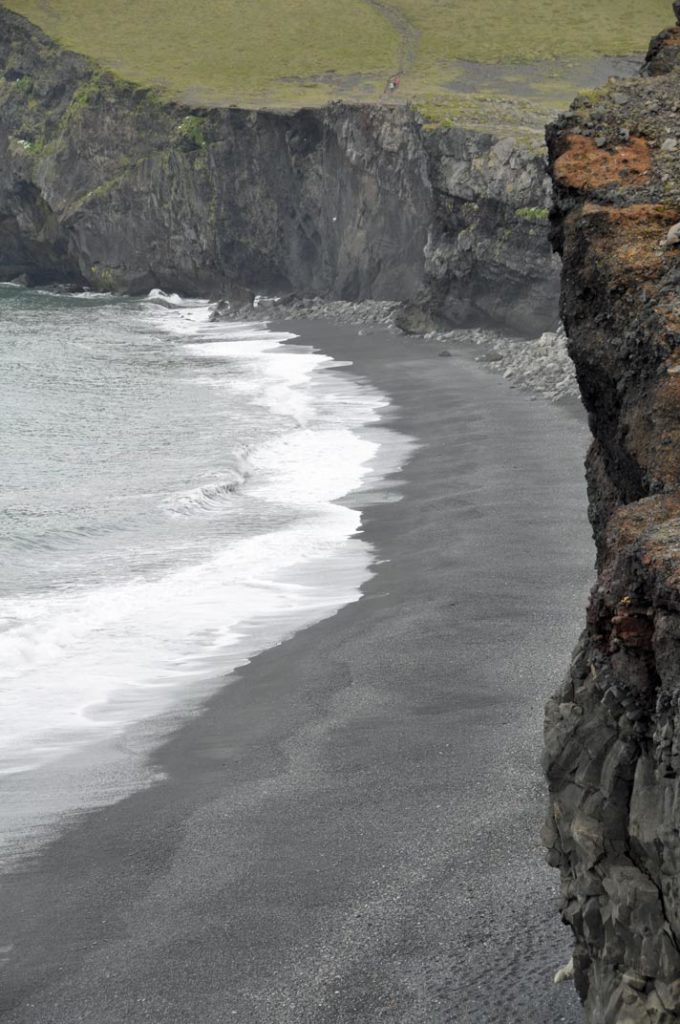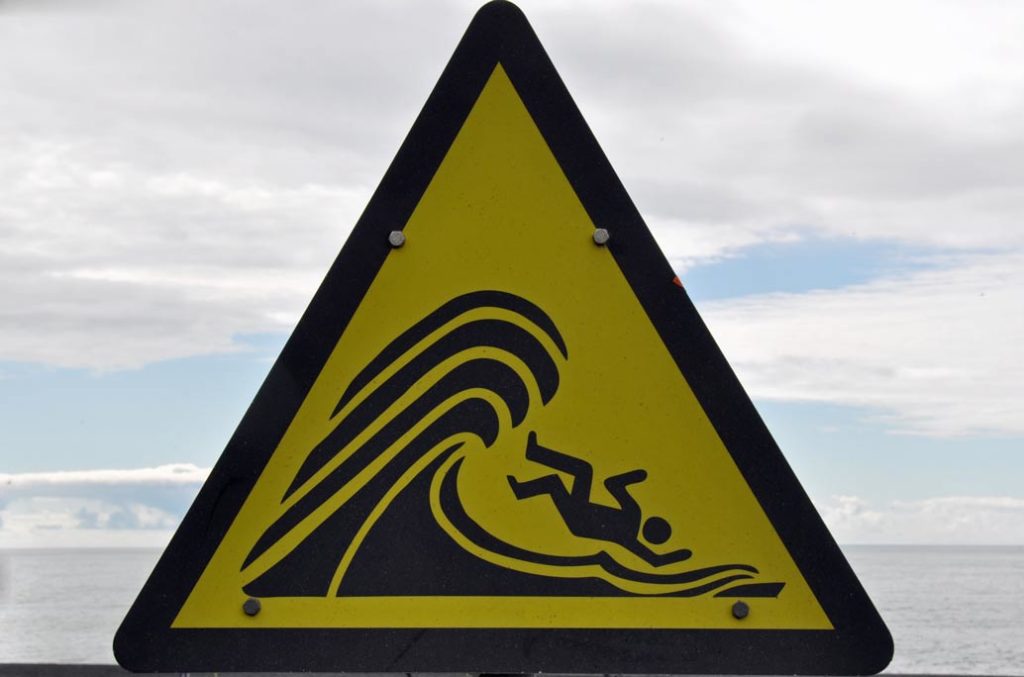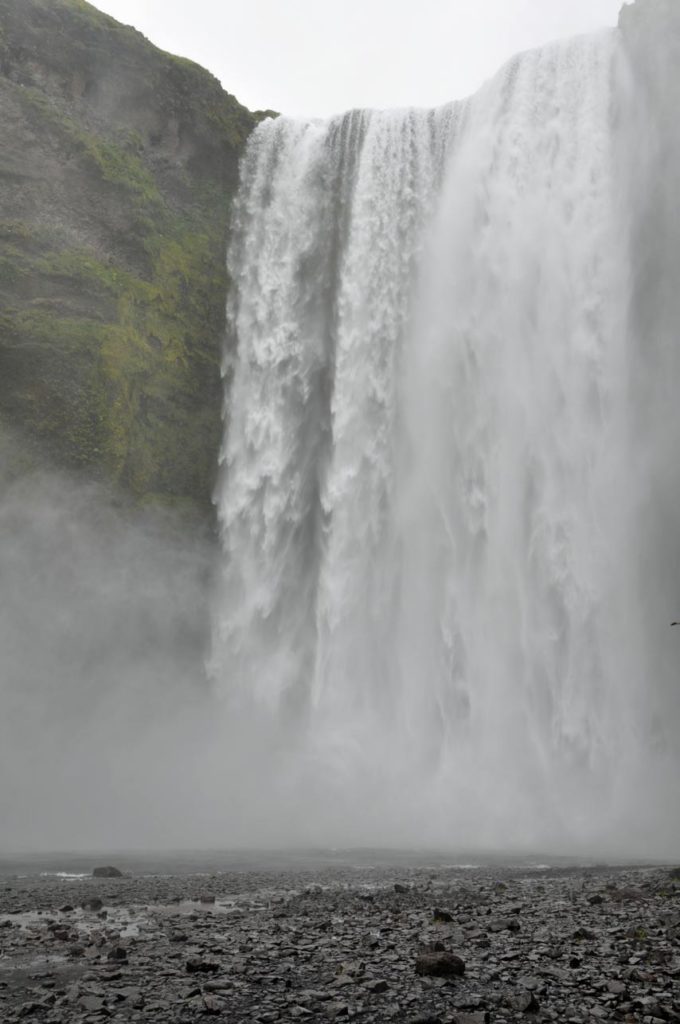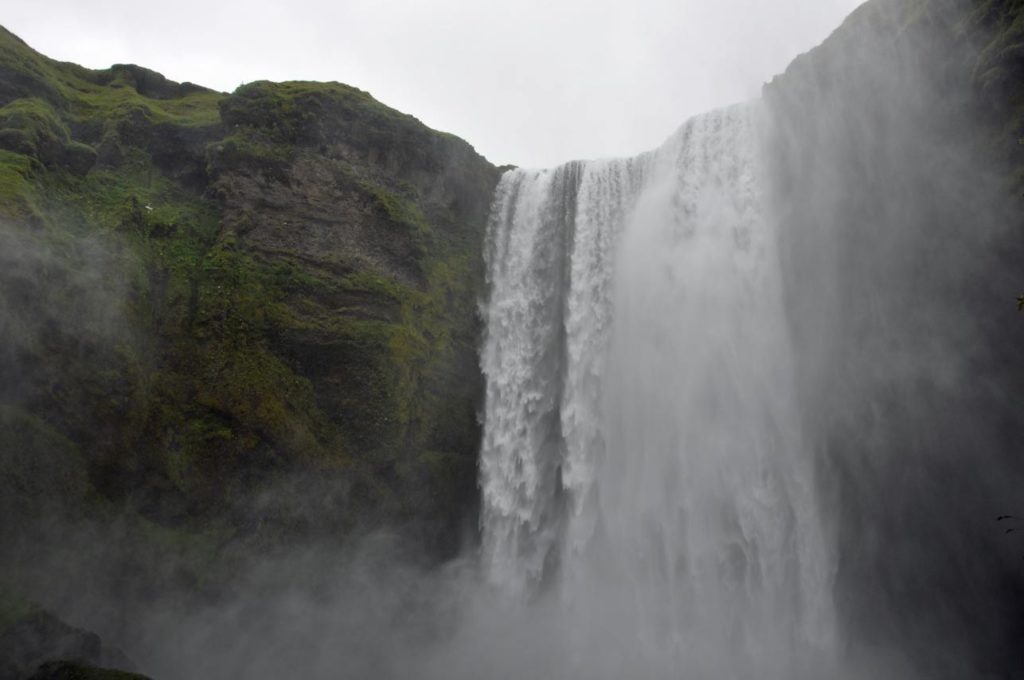In the south, the main attraction is the glacial lagoons. As you drive south from the east you can see the rivers of ice carving their way through the mountains, and then the road cuts across the water slipping down from the main lagoon at Jokulsarlon down to the sea.
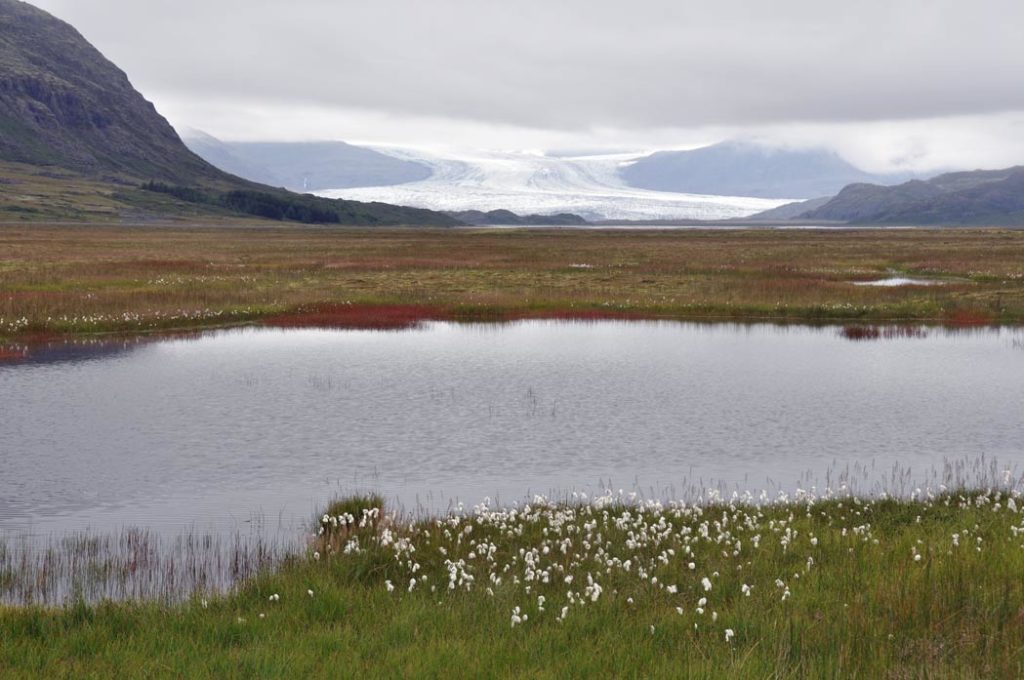
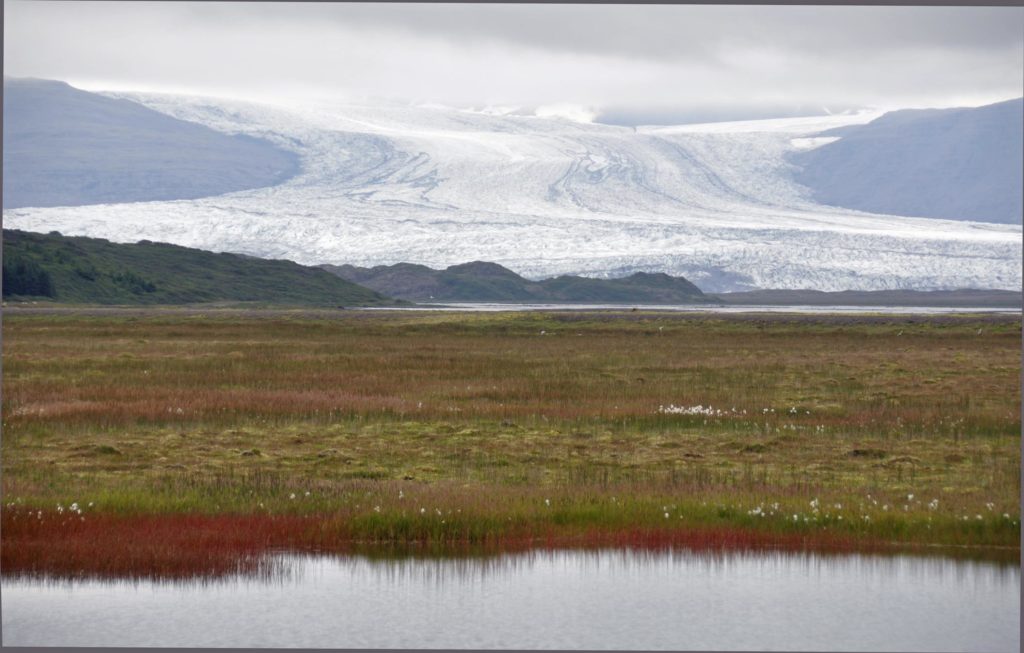
The main lagoon measures about 7 square miles and until 1932 was covered in thick glacial ice. Then the glacier started to retreat, and nowadays more than 300 feet (100 m) of ice breaks away each year to reshape the lagoon and fill it with spectacular icebergs.
The lagoon is open to the sea and so contains a mixture of salt and freshwater, giving it a unique blue-green color.
There are hundreds of seals here in the winter and the lagoon supports many species of fish including krill, herring, trout and, occasionally, salmon.
Just metres away from the lagoon is a black sand beach, littered with brilliant shards of ice and the remnants of icebergs.
Fjallsarlon is the neighbouring glacial lagoon, quieter and with an excellent view of the ice breaking away from the lagoon.
The two lagoons have a very different feel to each other but both are worth visiting.
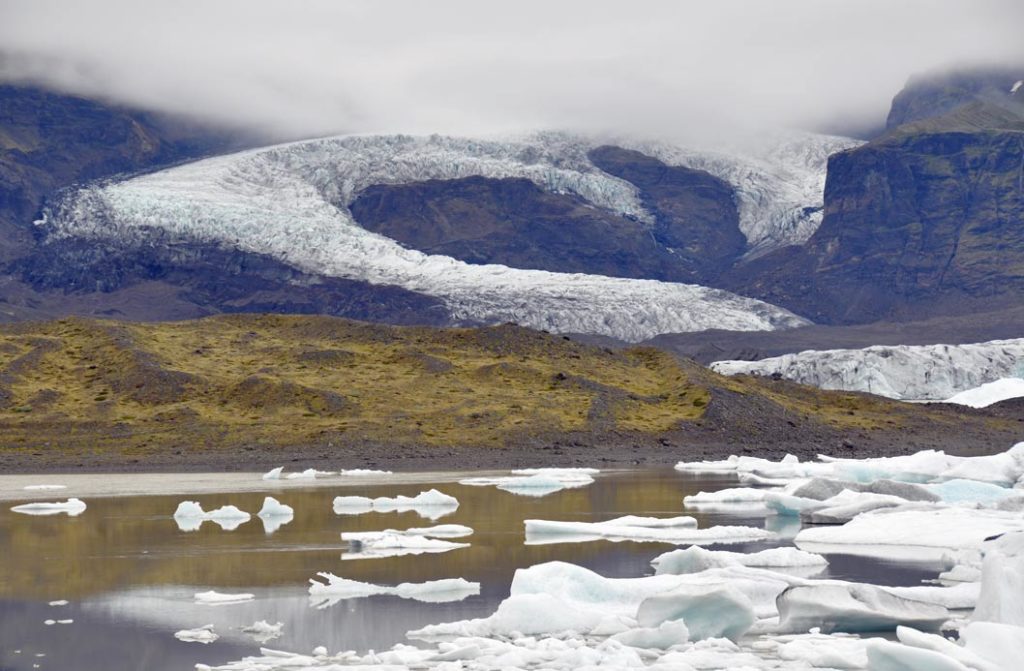
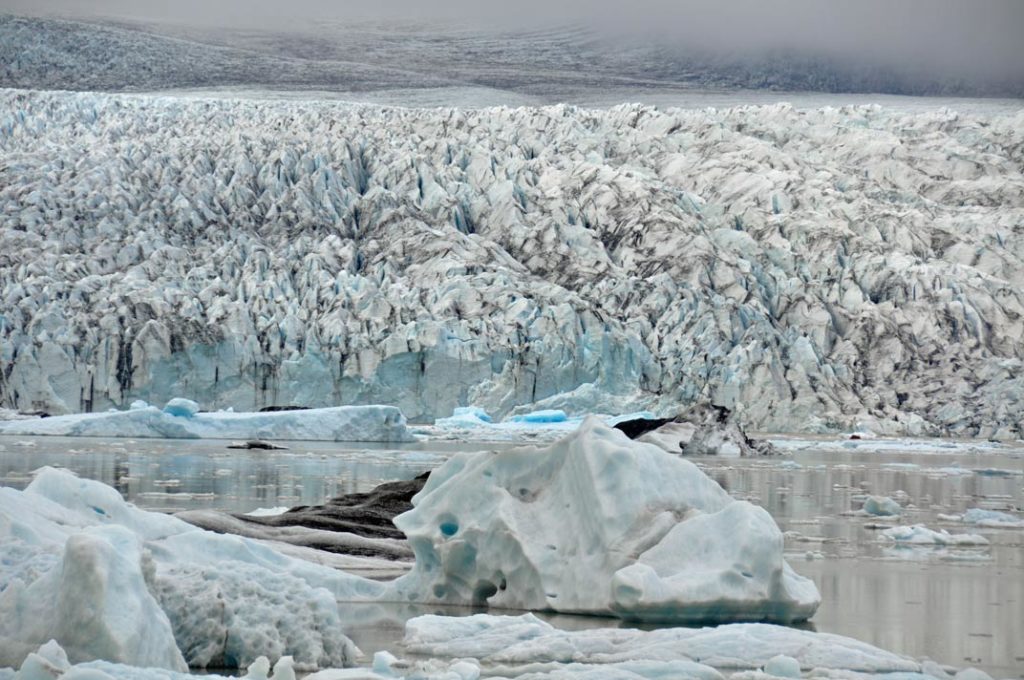
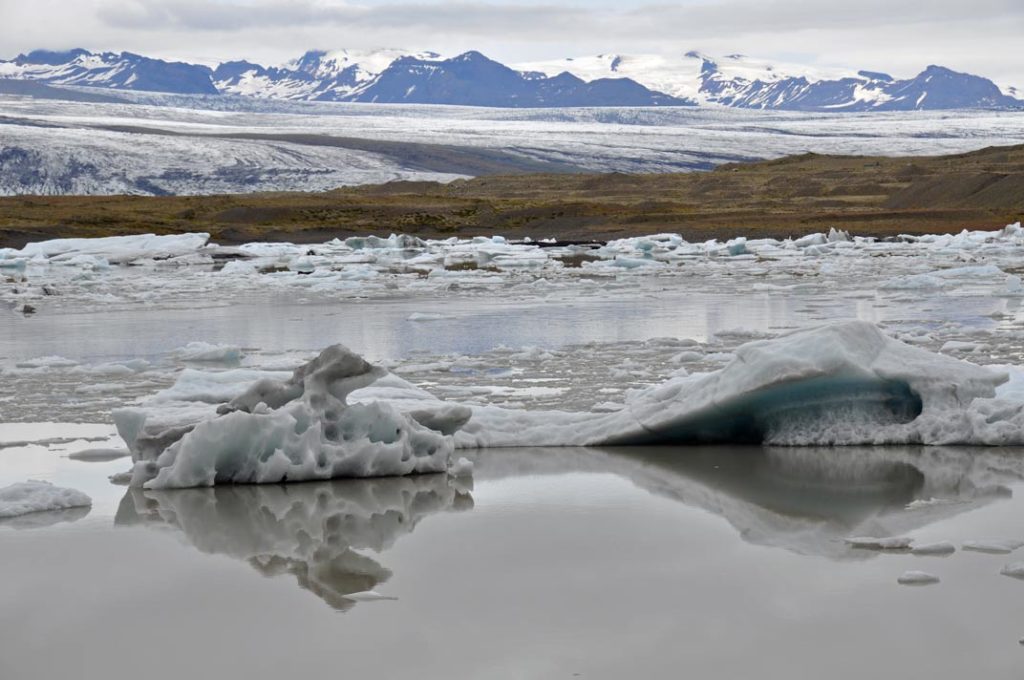
Like most Icelandic sites they’re free to view and enjoy. Both come with minimal facilities, a cafe and toilets, but the quieter Fjallsarlon is where you’d be best advised to schedule a break.
Mostly visitors are just attempting a full day trip from Reykavik, so it’s a luxury to stay close by and allow yourself some more time.
Vik is the central town in the south for tourists. Mýrdalur is the southernmost district of Iceland, bordered by the glacial river Jökulsá to the west and the river Blautakvísl to the east.
Just east of the outskirts of the village lies one of Europe’s biggest artic tern breeding grounds and they are mesmerising to watch against the water as you walk along a truly beautiful black sand beach.
To the south of Reynisfjall mountain a spectacular set of rock columns called Reynisdrangar rise up out of the Atlantic Ocean with some stunning basalt columns.
Dyrhólaey is a 120 meters high headland extending into the sea and forming an impressive natural arch located in the western part of the Mýrdalur district. In the summer, the peninsula is home to hosts of puffins.
The beach has a tremendous undertow so there are a number of warnings about getting too close to the water.
And of course being Iceland, there has to be a huge waterfall to visit in the village of Skógar, a popular summer-resort centre surrounded by unusual scenic beauty and with a breath-taking view of the beautiful 60-metre high Skogáfoss waterfall.






